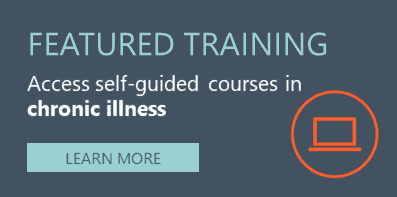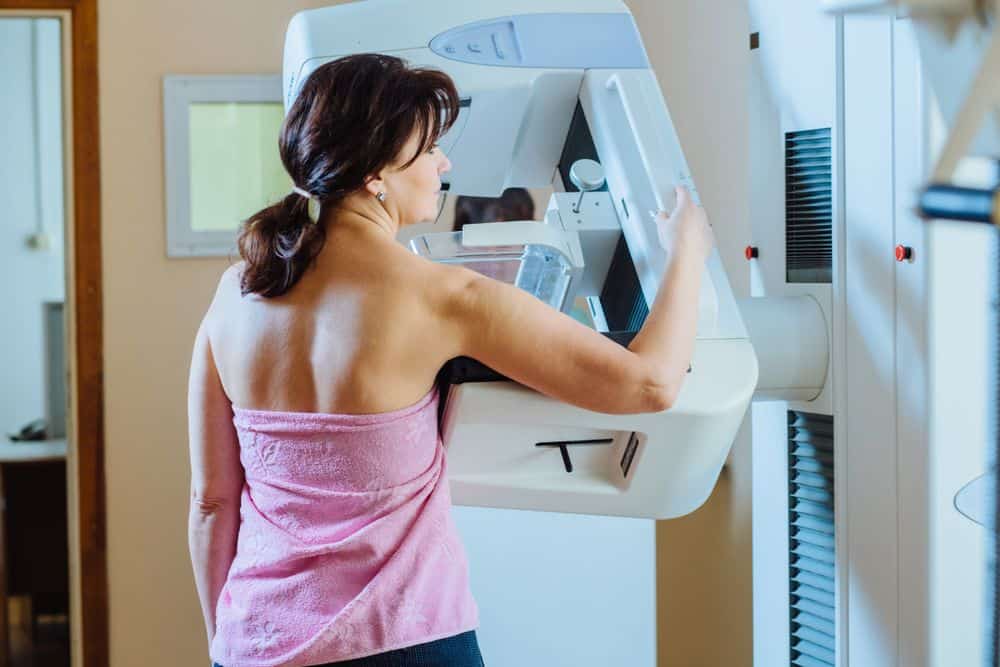Contributors Monique Cuvelier and Wajeeh Khan
Breast cancer doesn’t come from one obvious cause, and it doesn’t affect everyone equally. That makes it challenging to address and manage though breast cancer screening. When 1 in 8 U.S. women will develop invasive breast cancer in the course of her life—it’s an urgent problem. And it’s one that managed care agencies, healthcare systems, and communities have struggled with for decades. How do you systematically address something so unsystematic?
[RELATED: CHWTraining Opens New Course on Breast Cancer Screening for 2020]
The Role of CHWs
Community health workers are one part of the answer. They have a knack for making paths through hard-to-reach areas and populations. They’re powerful allies in the battle against breast cancer, especially in underserved communities, where they live, work, or understand deeply.
The WHO highlights that CHWs must respond to the local, cultural, and societal norms to ensure community ownership and approval.
Their impact on women with breast cancer or at high risk is broad. They can connect people directly with providers for treatment. They can give clients and patients resources about disease management. They can bust myths about breast cancer (no, mammograms don’t cause cancer) and provide other education about lowering risk. They can also be there just to listen and provide social support and advise on health insurance and financial assistance.
In a recent study, participants that took part in a CHW intervention reported increased rates of screening mammography. Mammography is the standard screening procedure for breast cancer in developed countries, but this is not feasible for population-based interventions.
CHWs have a positive effect in increasing mammography rates. A meta-analysis of 18 studies reported that CHW interventions related to breast cancer screening resulted in a significant increase in mammography rates and clinical visits. These results were strongest for urban and medical settings and where communities and CHWs were ethnically similar (Wells et al., 2011). In another study that compared the screening rates in Vietnamese women by lay health workers and media education, lay health workers significantly increased clinical breast examination and mammography rates.
If you’re not sure if CHWs can help improve breast cancer screening in your agency, or what kinds of job skills are needed, take a look at some of these benefits below to give you an idea.
6 Ways CHWs Improve Breast Cancer Outcomes
- Increase breast cancer screening
- Connect people directly to providers for treatment
- Reduce barriers to screening and healthylifestyle changes
- Give clients and patients resources about disease management
- Bust myths about breast cancer
- Provide guidance about lowering risk
1. Increase Breast Cancer Screening
Promoting breast cancer screening is the top boost CHWs can give clients to catch breast cancer early. Making CHWs part of cancer interventions can increase breast cancer screening rates. The Community Preventive Services Task Force recommends CHWs because they “increase demand for screening services using group education, one-on-one education, client reminders, or small media” and “improve access to screening services by reducing structural barriers.”
Research shows that CHW interventions work. In a study conducted on rural African-American women, CHWs intervention reported an 11 percent increase in clinical mammography rates compared to women who were not contacted by CHWs.
An ASTHO study shows that patient navigator and CHW efforts have led to increases in cancer screening rates between 11-17 percent. They also led to increases in rates of adherence to diagnostic follow-up care up to 29 percent.
2. Connect People Directly to Providers for Treatment
CHWs are links or bridges between the community and local health systems. They can act as patient navigators in the continuum of breast cancer screening, diagnosis, and treatment. The role of CHWs is highly effective in increasing access to local health services. This helps significantly reduce potential delays in diagnosis.
For example, in South Africa, CHWs act as treatment buddies for HIV patients, similarly they can act as navigators for breast cancer patients. They can provide support both emotional and logistic, increasing access to healthcare.
3. Reduce Barriers to Screening and Healthy Lifestyle Changes
Breast cancer screening programs have been introduced worldwide, but many hurdles stand between clients and success. Clients don’t get screened for reasons ranging from lack of knowledge regarding the disease, low income, and no prior history of breast cancer. CHWs can help address and remove those barriers and provide education.
Some examples how:
- Lack of health insurance –provide information on signing up for insurance and resources such as the CDC’s National Breast and Cervical Cancer Early Detection Program (NBCCEDP) for free or low-cost breast and cervical cancer screenings.
- Geographic barriers – help find sources of transportation or mobile screening vangs
- Guidelines education – provide proper information regarding screening, including when and how often
- Structural and interpersonal barriers – give social support and advice to promote screening

4. Give Clients and Patients Resources About Disease Management
Linguistic and health literacy interventions from CHWs are helpful to address breast cancer screening in racial and socioeconomic minority groups. These interventions have been cost-effective and successful.
For example, Kin Keeper Cancer Prevention trained female CHWs to provide at-home education in selected communities in English, Spanish and Arabic. They conducted surveys with enrollees, and the literacy rates improved in all participants.
5. Bust Myths About Breast Cancer
CHWs can clear up many of the myths about breast cancer through education. Myths range from fuzzy misunderstandings to directly harmful. For example, some people think lifestyle choices such as maintaining a healthy diet, exercising regularly, and limiting alcohol eliminates the chance of breast cancer. While this can lower the risk, it doesn’t eliminate it.
On the other end, some misinformation states mammograms cause breast cancer rather than detect it.
6. Provide Guidance About Lowering Risk
Many breast cancer risk factors come down to lifestyle, including how much a person smokes, eats poorly, and gets physical activity. CHWs can provide clients the information and support they need to make these challenging lifestyle changes.
They can often provide more than basic education. They can help clients and patients really understand what a healthy lifestyle is, how to implement a doctor’s advice, and find the motivation to continue on a positive path.
The longer a CHW program is established in any given community, the more successful it becomes. The success of any CHW program depends upon the support of the community, along with continuous resource provision and training. Regular training is the most effective strategy in increasing the productivity of the program in the community. Breast cancer screening can be integrated into regular primary healthcare visits performed by CHWs.


